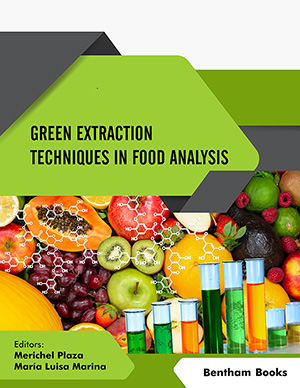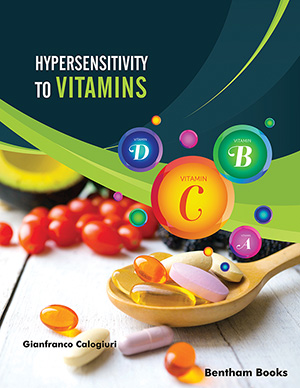Abstract
Breast milk protects neonates from infections, prevents allergies, enhances cognitive and social development, and guards against later development of illnesses including multiple sclerosis and type 1 diabetes. Because mother’s milk is the sole source of nutrition for newborns when bacteria first colonize the gut and establish mutualistic microbial biofilms, milk is expected to contain components which help the microbial flora become established. In the present study, the intercellular association of E. coli by human whey was evaluated in vitro alongside that by purified secretory immunoglobulin A (SIgA, a microbial agglutinin found in human milk), by infant formulas, and by bovine whey. Human whey, unlike SIgA, mediated bacterial aggregation and biofilm formation independently of the type 1 pilus. Further, human whey mediated bacterial aggregation over a broader range of bacterial concentrations than did SIgA, affecting the aggregation of bacteria at concentrations 1000-fold less than could be mediated by SIgA. These findings indicate that human whey utilizes multiple mechanisms to facilitate bacterial association. In contrast, infant formulas and bovine whey mediated planktonic bacterial growth but not apparent intercellular bacterial association, regardless of the expression of the type 1 pilus. These studies provide insight into how human milk might protect against infections and illnesses, and also provide a possible approach by which infant formulas may be developed and tested to more accurately mimic interactions of human milk with enteric flora, potentially improving the efficacy and health benefits of those formulas.
Keywords: Agglutination, bacteria, biofilm, human colostrum, human milk, infant formula, neonate, infection, interactions, aggregation.





















